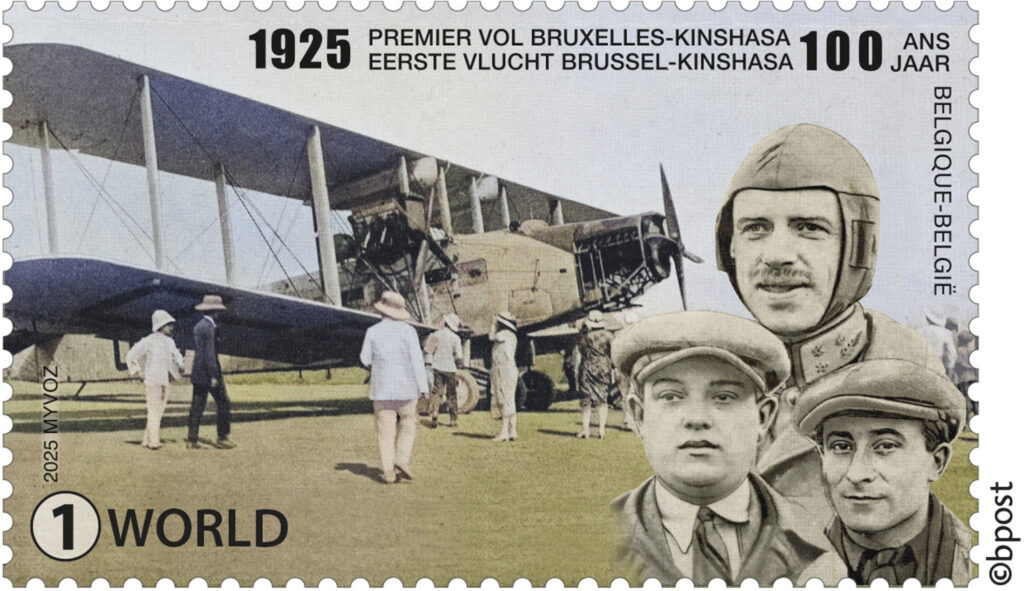The first Belgian aeroplane bound for the Congo took off from Brussels a century ago this Wednesday.
The expedition took 51 days to reach its destination, but lay the groundwork for former national airline Sabena’s expertise on African routes, a legacy that continues with Brussels Airlines.
The success of this inaugural flight marked a significant milestone in Belgian aviation.
Navigator Edmond Thieffry, pilot Léopold Roger, and mechanic Joseph De Bruycker departed on 12 February 1925, shortly before 08:00 a.m., aboard a Sabena plane. The journey spanned 8,000 kilometres from Melsbroek to the then Belgian colony of Congo. Fifty-one days later, the ‘Princesse Marie-José,’ built by British manufacturer Handley Page, landed at the airport in Léopoldville, now Kinshasa, capital of the Democratic Republic of Congo.
This flight was distinguished by an unprecedented achievement: it was the first successful crossing of the Sahara Desert by aeroplane, even if the expedition got lost twice. With this feat, Belgium outpaced major powers like France and Great Britain.
It was not until the mid-1930s that Sabena established a regular route between Belgium and the Congo, which took several days.
The African network remained a key destination for Sabena until its bankruptcy on 7 November 2001.
Africa continues to be a strategic area for Brussels Airlines, which operates 56 weekly flights between Brussels and Africa during the summer season, including a daily direct flight to Kinshasa.
Last Monday, the Belgian postal company, bpost, released a special stamp to celebrate the centenary of the 1925 inaugural flight. Each sheet of five stamps (valued at 1WORLD for worldwide postage) features a map of the route from Brussels to Kinshasa, along with an image of the plane and its crew. This special edition costs €15.
The Thieffry metro station in Etterbeek honours navigator Edmond Thieffry, who passed away in 1929.

